
国际贸易实务(英语版)(第2版)卢立伟等
¥ 15.64 2.7折 ¥ 59 九品
仅1件
北京海淀
认证卖家担保交易快速发货售后保障
作者卢立伟;王芬;杨婷;蔡静;陈逢丹
出版社清华大学出版社
出版时间2018-08
版次2
装帧平装
货号A8
上书时间2024-12-23
- 在售商品 暂无
- 平均发货时间 14小时
- 好评率 暂无
- 最新上架
商品详情
- 品相描述:九品
图书标准信息
- 作者 卢立伟;王芬;杨婷;蔡静;陈逢丹
- 出版社 清华大学出版社
- 出版时间 2018-08
- 版次 2
- ISBN 9787302504771
- 定价 59.00元
- 装帧 平装
- 开本 其他
- 页数 382页
- 字数 598千字
- 【内容简介】
-
《靠前贸易实务(英语版)(第2版)》以靠前贸易流程为基础框架,介绍了靠前贸易术语、商品描述、货物运输、货物运输保险、商品价格、支付工具、支付方式、索赔与不可抗力、谈判与磋商、进出口合同的履行以及靠前贸易方式等靠前贸易实务中的主要内容,配以相关的案例、流程图、合同条款、法律条文和惯例,结构完整,内容全面,具有较强的实践性和可操作性。
《靠前贸易实务(英语版)(第2版)》既适合高等院校商务英语、靠前贸易等涉外专业的本、专科教学,也可供从事外经贸工作的人士及对外贸感兴趣的读者参考学习。 - 【作者简介】
-
卢立伟,经济学副教授。1998年于江苏理工大学外贸英语本科专业,获文学学士;2007于上海对外贸易学院靠前贸易专业,获经济学硕士。曾参编出版教材2部,发表20余篇,承担或参与省市课题20余项。 - 【目录】
-
目 录Chapter 1 General Introduction toInternational Trade 11.1 What Is International Trade 31.2 The Importance of International Trade 31.2.1 International Trade Restrictions 41.2.2 Differences between International Trade and Domestic Trade 41.3 World Trade Organization 51.3.1 Overview 51.3.2 Functions of WTO 61.3.3 Basic Principles 61.3.4 Missions 61.3.5 Formal Structure 71.4 Main Procedures of International Trade 91.4.1 Basic Procedures of Export 91.4.2 Basic Procedures of Import 121.5 Relevant International Practice and ? Laws 131.6 Overview of Contract 151.6.1 The Functions of a Written Contract 151.6.2 The Essential Features of a Legally Binding Contract 161.6.3 The General Contents of a Sales Contract 161.7 Overview of This Book 18 Key Terms and Words 20 Exercises 20Chapter 2 International Trade Terms 222.1 Introduction to trade terms 242.1.1 Warsaw-Oxford Rules 1932 242.1.2 Revised American Foreign Trade Definitions 1941 262.1.3 International Commercial Terms 292.2 Introduction to INCOTERMS 2010 292.2.1 Mode of transport 302.2.2 The six most popular trade terms 312.2.3 The other five trade terms 452.3 INCOTERMS 2010 vs. INCOTERMS ? 2000 532.4 Incoterms and Contract 572.5 Choice of Trade Terms 58 Key Terms and Words 60 Exercises 61Chapter 3 Terms of Commodity 653.1 Name of Commodity 673.1.1 Commodity Naming Methods 673.1.2 HS Code 683.1.3 Name Clauses in the Contract 683.2 Quality of Commodity 693.2.1 Quality Stipulation Methods 703.2.2 Quality Latitude and Quality Tolerance 763.2.3 Quality Clauses in the Contract 773.3 Quantity of Commodity 773.3.1 Unit of Measurement 783.3.2 Calculation of Weight 803.3.3 Quantity Allowance Clauses 823.3.4 Quantity Clauses in the Contract 833.4 Packing of Commodity 843.4.1 Transport Packing 853.4.2 Sales Packing 913.4.3 Neutral Packing and Designated Brand 933.4.4 Packing Clauses in the Contract 94 Key Terms and Words 96 Exercises 97Chapter 4 International Cargo Transport 1014.1 Containerization 1034.1.1 Features of Container Transportation 1034.1.2 Types of Container 1044.1.3 Freight of Container Transportation 1054.2 Modes of Transportation 1074.2.1 Marine Transport 1084.2.2 Air Transportation 1214.2.3 Railway Transportation 1224.2.4 International Multi-modal Transport 1224.2.5 Land Bridge Transport 1234.2.6 Postal Transport 1234.2.7 Pipelines Transport 1234.3 Shipment Clauses in Sales Contract 1244.3.1 Time of Shipment and Time of Delivery 1244.3.2 Port of Shipment and Port of Destination 1254.3.3 Shipping Advice 1264.3.4 Partial Shipment and Transshipment 1264.3.5 Lay Time, Demurrage and Dispatch 127 Key Terms and Words 129 Exercises 129Chapter 5 International Cargo TransportInsurance 1335.1 Principles of Cargo Insurance 1365.1.1 Principle of Insurable Interest 1365.1.2 Principle of Utmost Good Faith 1365.1.3 Principle of Indemnity 1375.1.4 Principle of Promate Cause 1385.2 The Definition of Insurance 1385.3 Parties to the Insurance 1395.3.1 Insurer 1395.3.2 Insured 1405.3.3 Brokers 1405.4 Marine Insurance 1405.4.1 Risks 1415.4.2 Losses 1415.4.3 Expenses 1435.5 Coverage of Marine Cargo Insurance ? of CIC 1445.5.1 Basic Coverage 1455.5.2 Additional Risks 1465.6 Coverage of Marine Cargo Insurance ? of ICC 1505.6.1 Institute Cargo Clauses A 1505.6.2 Institute Cargo Clauses B 1515.6.3 Institute Cargo Clauses C 1515.6.4 Major Exclusion 1535.7 Procedures of Marine Insurance 1535.7.1 Gather Information 1535.7.2 Choose the Insurance Coverage 1545.7.3 Get Quotes 1545.7.4 Pay the Insurance Premium 1545.7.5 Purchase the Insurance Policy 1555.7.6 Lodge an Insurance Claim 1565.8 Insurance Clauses in Sales Contract 157 Key Terms and Words 159 Exercises 160Chapter 6 Price of Goods 1636.1 Price Elements 1656.1.1 Pricing Principles 1656.1.2 Pricing Consideration 1666.1.3 Pricing Methods 1676.1.4 Pricing Composition 1706.1.5 Currency Option 1726.2 Calculation of Price 1736.3 Export Cost Accounting 1756.4 Commission and Discount 1776.4.1 Price Including Commission 1776.4.2 Price with Discount 1786.5 Import Cost Accounting 1786.5.1 Import contract price 1796.5.2 Total Domestic Expenses of Importing Countries 1796.5.3 Calculation of Imported Goods Tariff 1796.5.4 Calculation of Value-added Tax andConsumption Tax 1806.5.5 Total Import Cost 1816.6 Price Clause in Sales Contract 181 Key Terms and Words 182 Exercises 182Chapter 7 Credit Instruments 1847.1 Summary of Instruments 1867.1.1 Definition of Instruments 1867.1.2 Essential Features of Negotiable Instruments 1867.1.3 Functions of Negotiable Instruments 1877.1.4 The Legal System of Instruments 1887.2 Bill of Exchange (Draft, Bill) 1907.2.1 Definition of Bill of Exchange 1907.2.2 Contents of a Bill of Exchange 1917.2.3 The Acts of Bills of Exchange 1957.2.4 The Classification of the Drawer 1997.2.5 The Order of Making Recourse 2007.3 Promissory Note 2017.3.1 The Definition from Bills of Exchange Act 1882 of the United Kingdom 2017.3.2 The Definition from the Negotiable Instruments Law of the People’s Republic of China 2017.3.3 The Key Elements in the Promissory Note 2027.3.4 Classification of Promissory Notes 2027.3.5 Differences Between a Promissory Note and a Bill of Exchange 2037.4 Check (Cheque) 2047.4.1 Definition of Check 2047.4.2 Classification of Check 2057.4.3 Differences Between a Check and a Bill of Exchange 205 Key Terms and Words 206 Exercises 206Chapter 8 International Payment and Settlement 2108.1 Remittance 2128.1.1 The Definition of Remittance 2128.1.2 Parties to an Remittance 2128.1.3 The Classification of Remittance 2138.1.4 Reimbursement of Remittance Cover 2168.1.5 Cancel the Remittance or Refund the Imbursement 2178.1.6 The Application of Remittance in International trade 2188.2 Collection 2208.2.1 Definition of Collection 2218.2.2 Nature of Collection 2218.2.3 Procedure of Documentary Collection 2218.2.4 The Involved Parties in Collection 2228.2.5 Types of Collection 2228.2.6 The Property, Advantages and Disadvantages 2258.2.7 The Rules of Uniform Rules for Collections 522 (URC522) 2258.2.8 Points for Attention for Collection 2268.2.9 Risk and Protection for Exportersand Importers 2268.2.10 Financing under the Collection 2278.3 Letter of Credit 2298.3.1 Definition of L/C 2298.3.2 Parties to a Letter of Credit 2308.3.3 Procedure of Credit L/C 2328.3.4 Characteristics of a Letter of Credit 2408.3.5 The Use of a Letter of Credit 2418.3.6 Contents of a Letter of Credit 2418.3.7 The Varieties of Documentary Credit 2428.3.8 Other Special Credits 2468.3.9 Combined Use of Different Methods of Payment 250 Key Terms and Words 252 Exercises 253Chapter 9 Inspection, Claims, ForceMajeure and Arbitration 2649.1 Inspection 2669.1.1 The Implication of Commodity Inspection 2679.1.2 The Importance of Commodity Inspection 2679.1.3 Import and Export Commodity Inspection 2689.1.4 Time and Place of Inspection 2689.1.5 Inspection Standard 2709.1.6 Inspection Certificate 2719.1.7 Inspection Clause 2729.1.8 Inspection Procedures 2729.2 Claim 2739.2.1 Breach of Contract 2759.2.2 Liabilities of Breach of Contract 2759.2.3 Valid Term for Claim 2769.3 Force Majeure 2779.3.1 Definition of Force Majeure 2779.3.2 Features of Force Majeure 2779.3.3 Consequences of Force Majeure 2789.3.4 Force Majeure Clause 2789.4 Arbitration 2809.4.1 The Definition of Arbitration 2809.4.2 Characteristics of Arbitration 2819.4.3 Arbitration Clauses 281 Key Terms and Words 284 Exercise 284Chapter 10 Business Negotiation andEstablishment of Contract 28710.1 The General Process of Business Negotiation 28910.2 Enquiry 29110.2.1 Types of Enquiry 29110.2.2 Guidelines for Writing Enquiries and Replies 29210.3 Offer 29310.3.1 The Meaning of an Offer 29310.3.2 Types of an Offer 29310.3.3 Four Necessary Conditions of a Firm Offer 29510.3.4 Time of Validity or Duration of an Offer 29710.3.5 Withdrawal or Revocation of an Offer 29810.3.6 Termination of an Offer 29910.4 Counter-offer 29910.5 Acceptance 30010.5.1 The Meaning of Acceptance 30110.5.2 Effective Time of Acceptance 30110.5.3 Late Acceptance 30110.5.4 Withdrawal of Acceptance 30210.6 Conclusion of Contract 30310.6.1 Necessary Conditions of an Effective Contract 30310.6.2 Forms of a Written Contract 30310.6.3 Structure of a Written Contract 304 Words and phrases 310 Exercises 310Chapter 11 Exporting and Importing Procedures 31411.1 Exporting Procedures 31611.1.1 Preparation Stage of ExportContract 31711.1.2 Negotiation stage of exportcontract 31911.1.3 Performance stage of exportcontract 32111.2 Importing procedures 34511.2.1 Preparation stage of importcontract 34611.2.2 Negotiation stage of importcontract 34811.2.3 Performance stage of importcontract 349 Key Terms and Words 355 Exercises 356 Chapter 12 Modes of International Trade 35812.1 Agency and Distribution 36012.1.1 Agency 36012.1.2 Distribution 36112.2 Consignment 36212.2.1 Definition 36212.2.2 Features 36212.2.3 The Advantages and Disadvantagesof Consignment 36312.3 Tenders and Auction 36412.3.1 Tenders 36412.3.2 Auction 36512.4 Counter Trade 36612.4.1 Main Reasons Why Counter TradeIs Employed 36712.4.2 Specific Forms of CounterTrade 36712.5 Futures Trading 37012.5.1 Introduction to FuturesTrading 37012.5.2 Main Types of FuturesTraders 37112.5.3 Danger of Futures Trading 37212.6 E-commerce 37312.6.1 Definition of E-commerce 37312.6.2 Types of E-commerce 37412.6.3 Benefits of E-commerce 37612.6.4 Limitations of E-commerce 37712.6.5 Tips for Running a SuccessfulE-commerce Business 37812.6.6 The Future of E-commerce 37912.7 Crosorder E-c
点击展开
点击收起
相关推荐
— 没有更多了 —
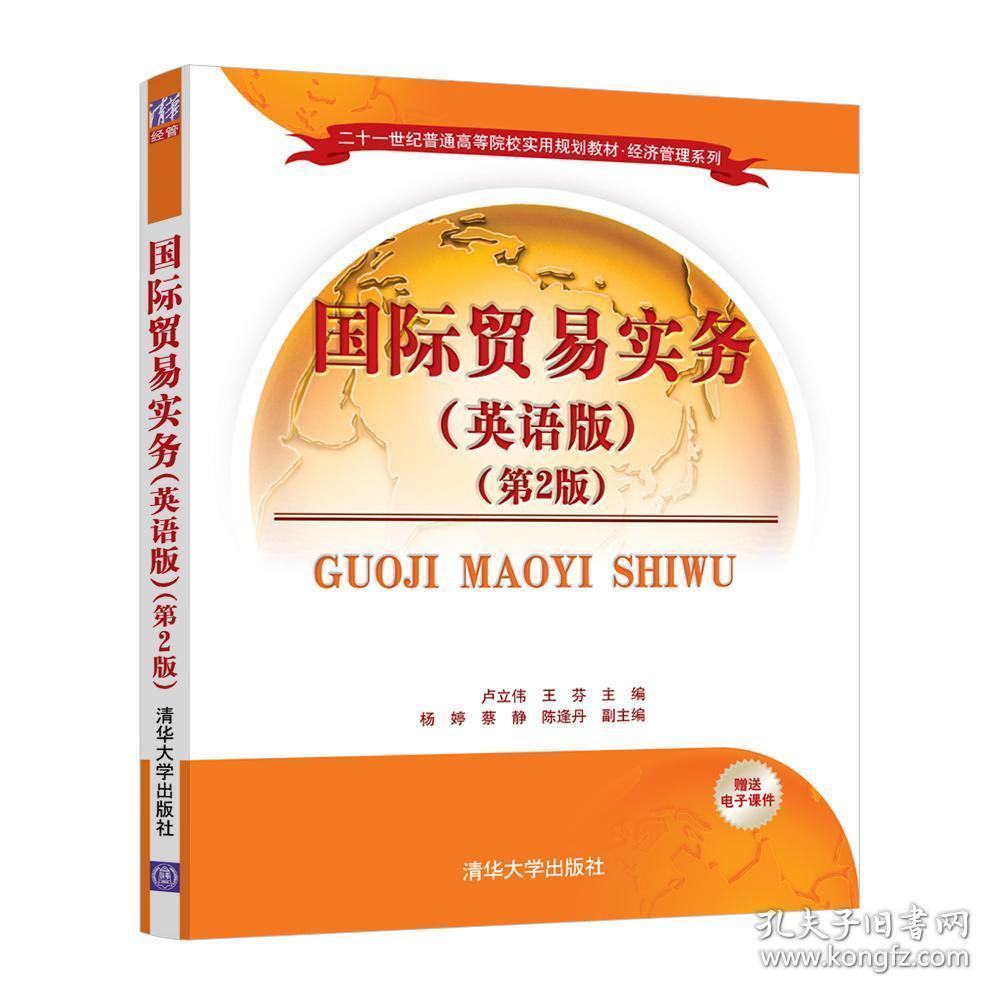

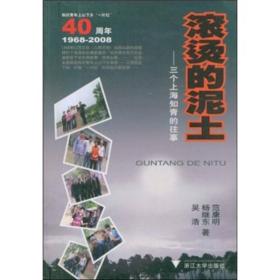


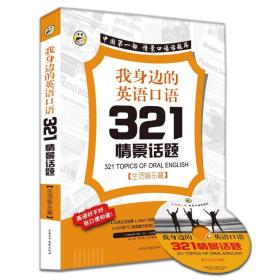
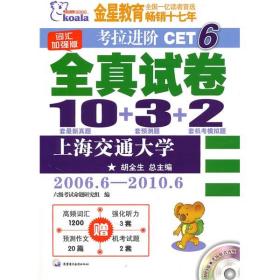



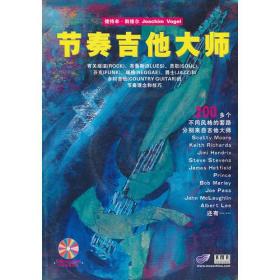


以下为对购买帮助不大的评价